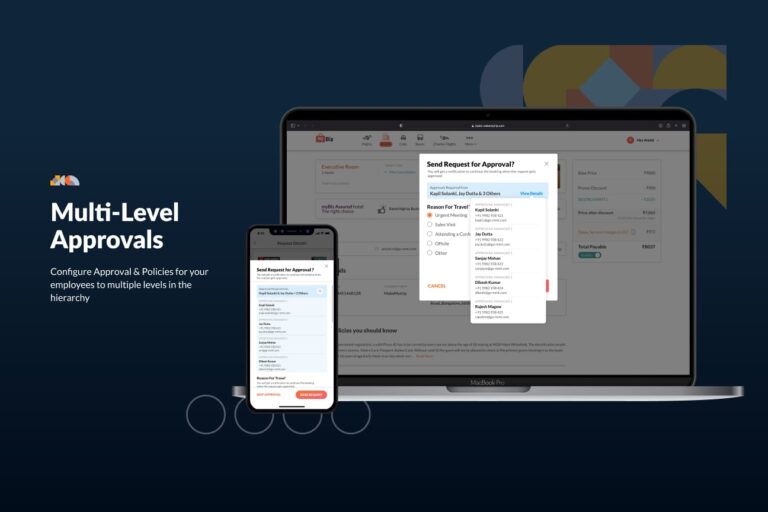
Private number plates are a fantastic way to give your car a unique touch. They add personality, make your vehicle stand out, and sometimes even carry sentimental value. But the process of buying one isn’t as simple as picking a plate you like and slapping it on your car. There are some common pitfalls that can trip you up if you’re not careful. Let’s dive into what you need to watch out for to ensure your purchase goes smoothly. After all, it’s better to learn from someone else’s mistakes than make them yourself, right?
Getting Caught Out by DVLA Regulations
One of the first and most crucial mistakes people make when it comes to private plates is not understanding the strict regulations set by the DVLA. The temptation to get creative with how your number plate looks—whether it’s through funky fonts or custom spacing—is strong. However, the DVLA has strict guidelines on how a plate must appear.
For instance, the font must be the standard UK style, and there’s no wiggle room for any variations. Spacing is also non-negotiable; it has to follow the exact format specified by the DVLA. And while it might be fun to experiment with colours or reflective materials, the rules are clear: black letters on a reflective yellow background for the rear plate, and a reflective white background for the front. Stray from these guidelines, and you could be facing fines or the hassle of having to replace your plate entirely.
Falling in Love with an Unavailable Plate
Picture this: you’ve come up with the perfect combination of letters and numbers, something that feels personal and special to you. But when you go to purchase it, you find out that it’s already taken. It’s a disappointment that many people face, often because they didn’t do enough research beforehand.
Before you get too attached to any particular plate, it’s crucial to check its availability. The DVLA has a handy search tool for this purpose. And if your first choice is taken, don’t lose heart—there are often creative variations or similar combinations that can work just as well.
Forgetting Future-Proofing
Another common mistake is choosing a plate that is too closely tied to your current vehicle. Private plates are a long-term investment, so it’s important to think about how the plate will fit with future cars you might own. For example, if your plate includes references to a specific model or type of car, it might not make sense on a different vehicle later on.
A more generic plate can give you flexibility, allowing you to transfer it easily to another car if and when you decide to upgrade. Plus, if you ever plan to sell your car with the plate, a less specific plate might have broader appeal to potential buyers.
Overlooking the Transfer Process
The excitement of getting your new plate can sometimes overshadow the more tedious aspects of the process, like the legal transfer. This isn’t just about screwing the plate onto your car and calling it a day. There’s paperwork involved—forms that need filling out, such as the V750 or V778, depending on your situation.
You’ll also need to inform your insurance company of the change, as this can affect your policy. And don’t forget to update your vehicle’s V5C logbook to reflect the new registration. Skipping these steps can lead to complications down the road, including fines or even losing the plate altogether.
Choosing the Wrong Dealer
Not all private plate dealers are reliable, and rushing into a purchase with the first one you find can be a costly mistake. Some dealers overcharge, especially if they know you’re not familiar with the market. Others might not be trustworthy at all, leading to potential scams where you lose both your money and the plate.
To avoid this, do a bit of research before committing to a dealer. Look for one with a good reputation, and don’t hesitate to read reviews or ask for recommendations. A reputable dealer can make the process smoother and ensure that you’re getting a fair deal.
Making a Smart Purchase
Buying a private plate is more than just a financial transaction—it’s a way to express yourself on the road. But like any other purchase, it requires some careful thought and planning. By avoiding these common mistakes—whether it’s ensuring your plate complies with DVLA regulations, budgeting for all the associated costs, or making sure the plate fits your long-term plans—you’ll be well on your way to enjoying your new plate with zero regrets.
Write and Win: Participate in Creative writing Contest & International Essay Contest and win fabulous prizes.


